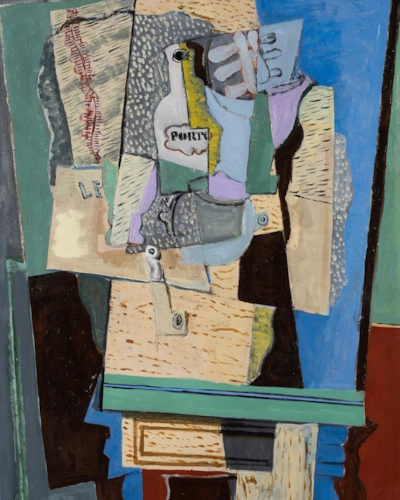Moïse Kisling
(1891 - 1953)
Moïse Kisling
biography
In 1910, Kisling moved to Montmartre in Paris, and a few years later to Montparnasse where he lived for the next 27 years and became part of an émigré community which included the artists Amedeo Modigliani, Georges Braque, Pablo Picasso, Jules Pascin, Max Jacob, André Salmon and Chaïm Soutine. Jules Pascin and later Amedeo Modigliani lived in the same building and Modigliani painted a portrait of him in 1916 (in the collection of the Musée d'Art Moderne de la Ville de Paris).
His style used in painting landscapes is similar to that of Marc Chagall and, a master at depicting the female body, his surreal nudes and portraits earned him the widest acclaim.
At the outbreak of World War I he volunteered for service in the French Foreign Legion, and in 1915 he was seriously wounded in the Battle of the Somme, for which he was awarded French citizenship.
Kisling volunteered for army service again in 1940 during World War II, although he was 49. When the French Army was discharged at the time of the surrender to the Germans, Kisling emigrated to the United States as he rightly feared for his safety as a Jew in occupied France. He exhibited in New York and Washington. He settled in California, where he lived until 1946.
Moise Kisling returned to France after the war and defeat of Germany and died in 1953 in Sanary-sur-Mer, Var, Provence-Alpes-Côte d'Azur, France where a residential street in the town is named after him.
Moïse Kisling
biography














